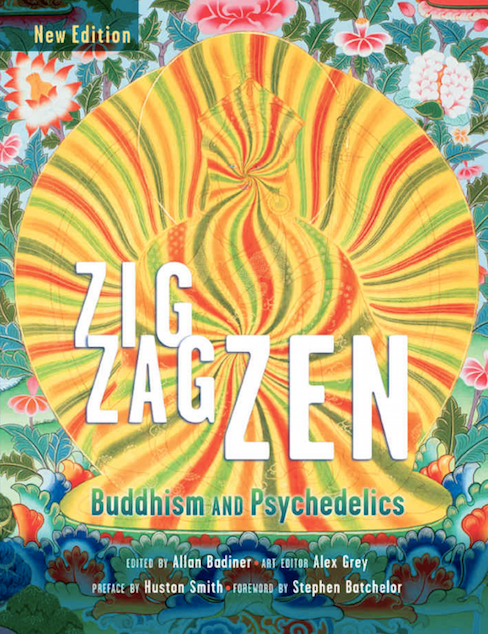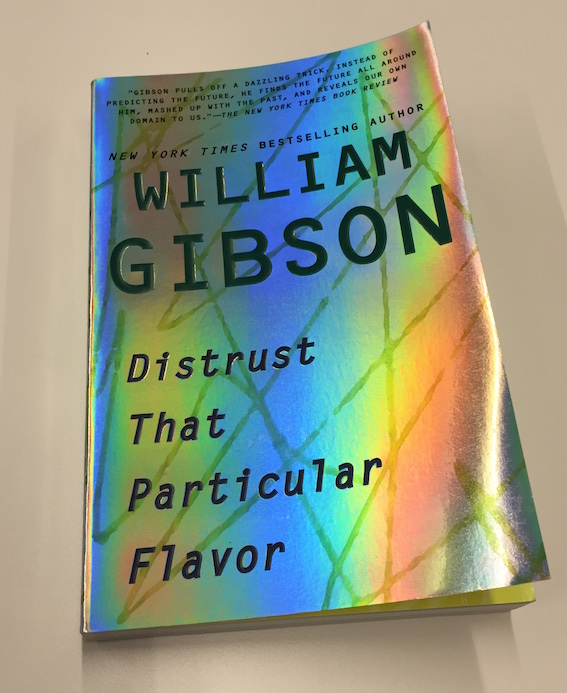With the completion of Breakfast of Champions, I am now exactly halfway through the chronological reading of all of Kurt Vonnegut’s novels. Up until now, Sirens of Titan had been my favorite, but Breakfast of Champions has eclipsed it and risen straight to the top of the pile.
The narrator describes the book as a story of “two lonesome, skinny, fairly old white men on a planet which was dying fast.” One of the men, Dwayne Hoover, is a deranged Pontiac dealer who comes to believe that he is the only living being in the world with free will (the rest being robots, of course) due to being inside of a science fiction novel written by author Kilgore Trout. Trout is a mostly-unknown (albeit widely published) pulp science fiction writer who appeared in several other Vonnegut novels, who hitchhikes to Hoover’s town to appear at an art convention.
The novel frequently switches focus between Hoover and Trout, with Kurt Vonnegut simultaneously appearing as the author of the book and filling in the narratorial duties. These transitions are exceptionally handled—they help move the story along and are not confusing whatsoever. Common themes in the book include free will, suicide, mental illness, and issues with America and the treatment of its citizens.
Just like Vonnegut’s other novels, the writing itself is simple to read, which seems to be part of his overall style. Generously mixed in with the text are many drawings by the other which give a visual depiction of various objects, such as an anus, flags, a beaver, a vulva, the yin-yang symbol, guns, an electric chair, an apple, and even the sunglasses the author himself wears as he enters the storyline. Like many of the other novels, there are characters from other books which appear, who often have similar, but not exactly symmetrical characteristics across the books.
As I mentioned earlier in this review, I greatly appreciated Breakfast of Champions and would recommend this as the first book a novice Vonnegut reader should check out. It’s funny, smart, and wacky enough to hold your attention, and it’s written simply enough that it is also a quick read.
5/5 stars. 302 pages.










